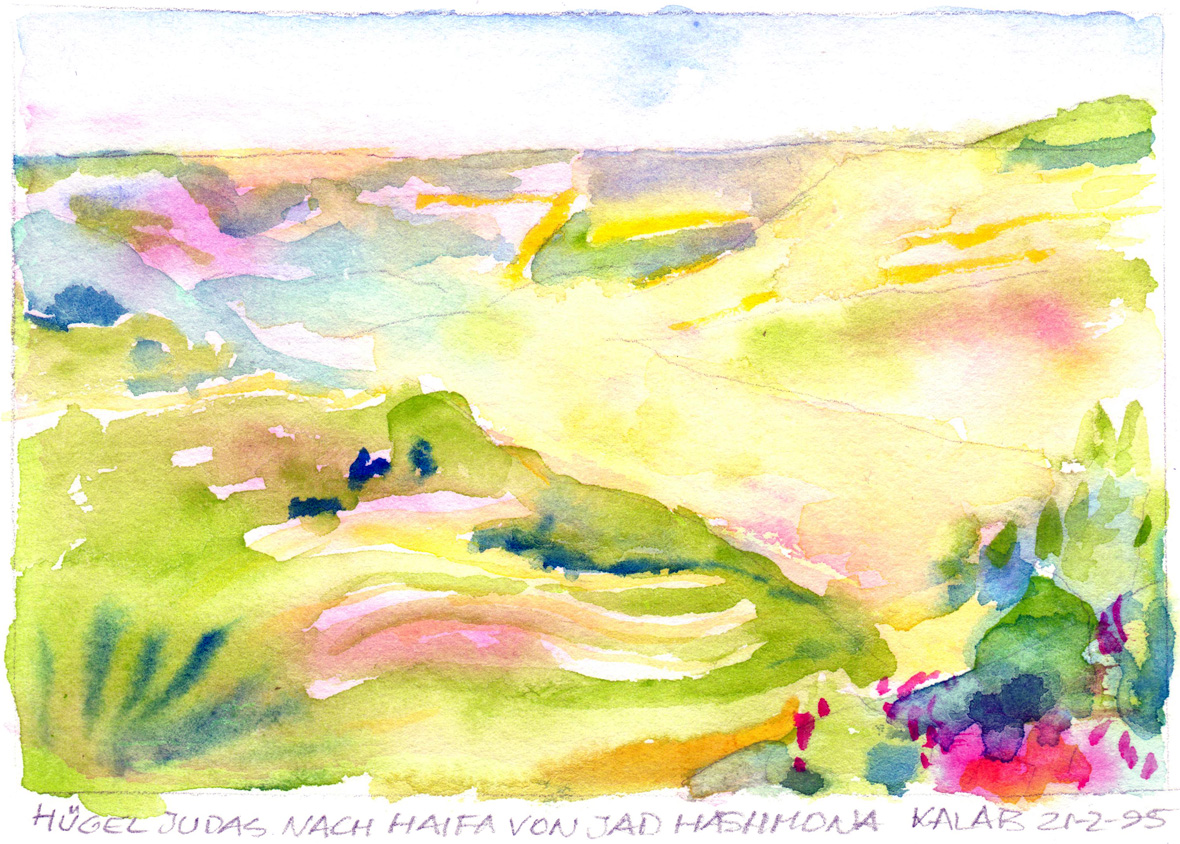2.1.5 Summary
The movement and its parts appear relatively open and in flux by „nature”. Summarizing my observations in terms of the fourfold typology and the modified framework for the study of religion reduces the impression of openness and change. Yet one purpose of typology and framework is to reduce complexity to make reality better perceivable. A summery of the various types may reflect more my perception of their tendencies than their internal complexity and dynamics.
Regarding physical arrangements non-charismatic ecclesiastical type groups appear very much like Protestant, evangelical churches and not like synagogues. Historic roots in various protestant denominations can still be discerned, traced and named. However, messianic Jewish groups of the non-charismatic ecclesiastical type will not display a cross at a dominant spot in their meeting room, but a calligraphy of the shema instead, to express their general affinity with Judaism.
The Interaction with the Supernatural within non-charismatic ecclesiastical type groups appears initially revelatory. Believers testify that God revealed to them their personal sin and Jesus as saviour and Messiah. Yet on the whole, the mode of religious construction may be regarded exploratory, due to the emphasis on Bible Study and cognitive reflection, and widespread absence of glossolalia, audition and vision.
The internal social structure of non-charismatic ecclesiastical type groups appears hierarchical. Founders act as religious specialists, occasionally called „autocrats”. They, or a pastor, full time or not, with a small team, lay out official lines. Worship services can reflect hierarchy if „governed” from the lectern. Instances of inclusiveness occur in official and unofficial meetings where members present their viewpoints. While religious specialists lay out the doctrines and route of the group, laity contributes by bringing in new, potential members. Preconditions of membership are the acceptance of Jesus as personal saviour of personal sin, baptism and commitment to the group. The social interaction with other groups is shaped by perceptions about whether charismata should publicly be practised and individual and collective worship conducted in synagogue style. Formal contacts with religious specialists of all four types take place a few times per year. The mode of religious construction of these encounters appears inclusive.

Kalab 1995
The mode of religious construction of the external social interaction with Christian bodies appears cooperating. Christian individuals and collectives from abroad donate money and goods, supporting activities and individuals, and receive recommended individuals from Israel for specialist education abroad. The mode of religious construction with Jewish bodies appears conflicting, reflecting the long tensed history between Christianity and Judaism. Still, secular institutions appreciate the practical consequences of Messianic morals and ethics for reliable business relations, and the police will protect attacked believers when necessary.